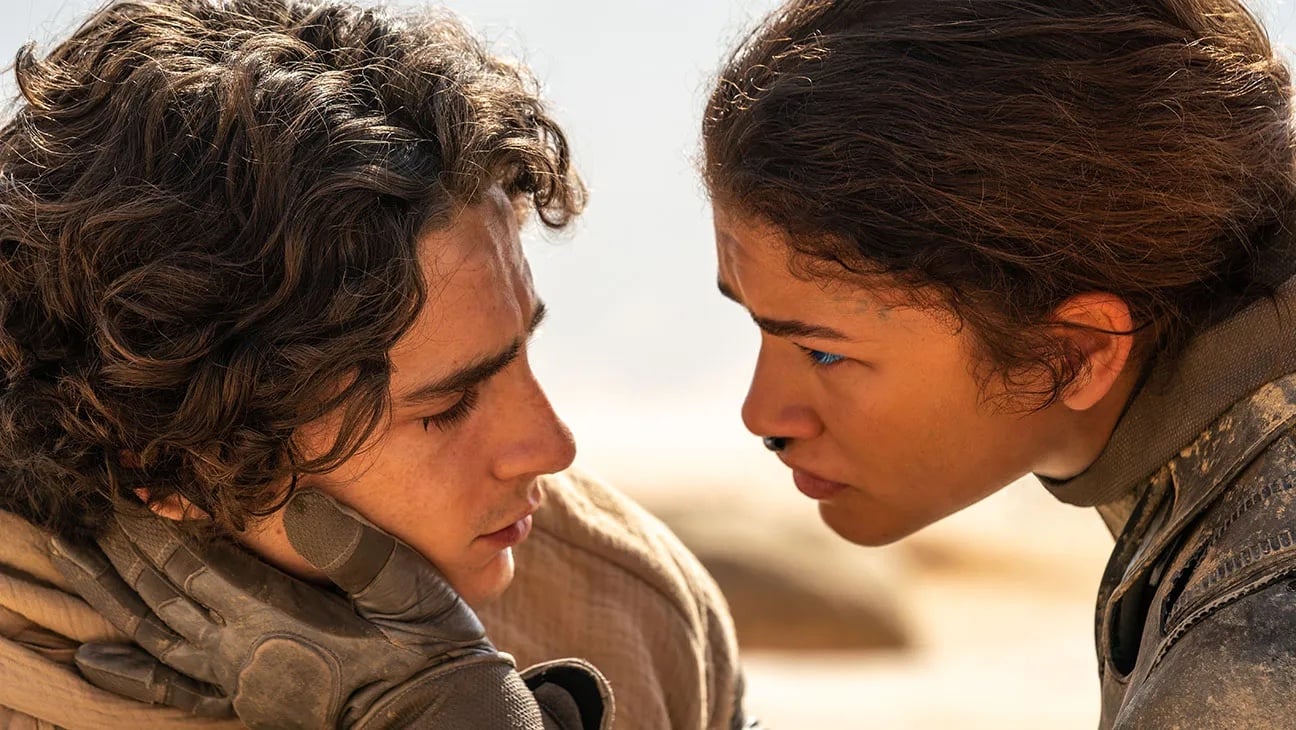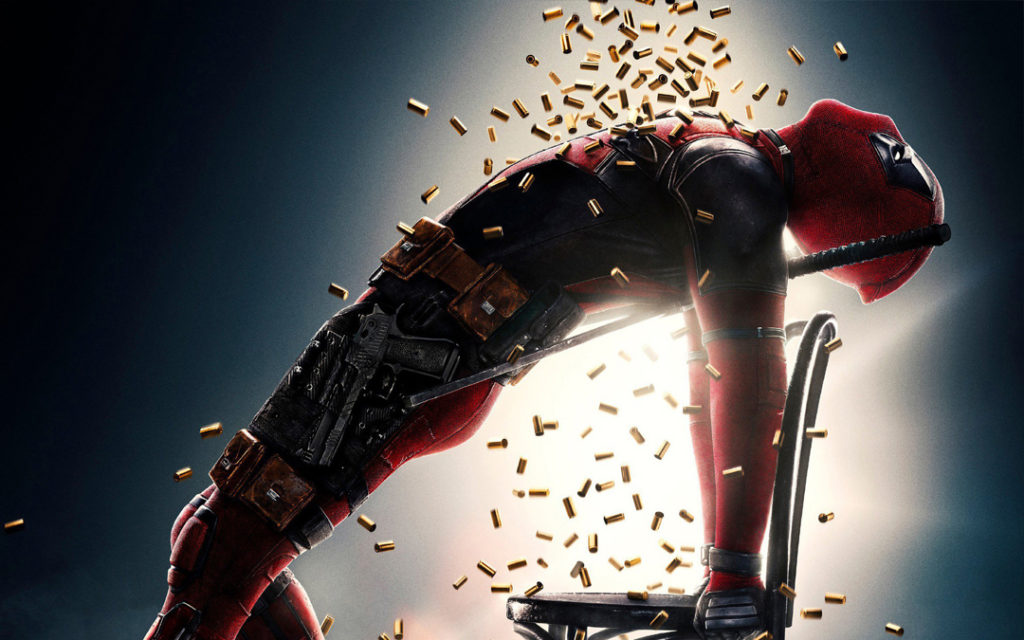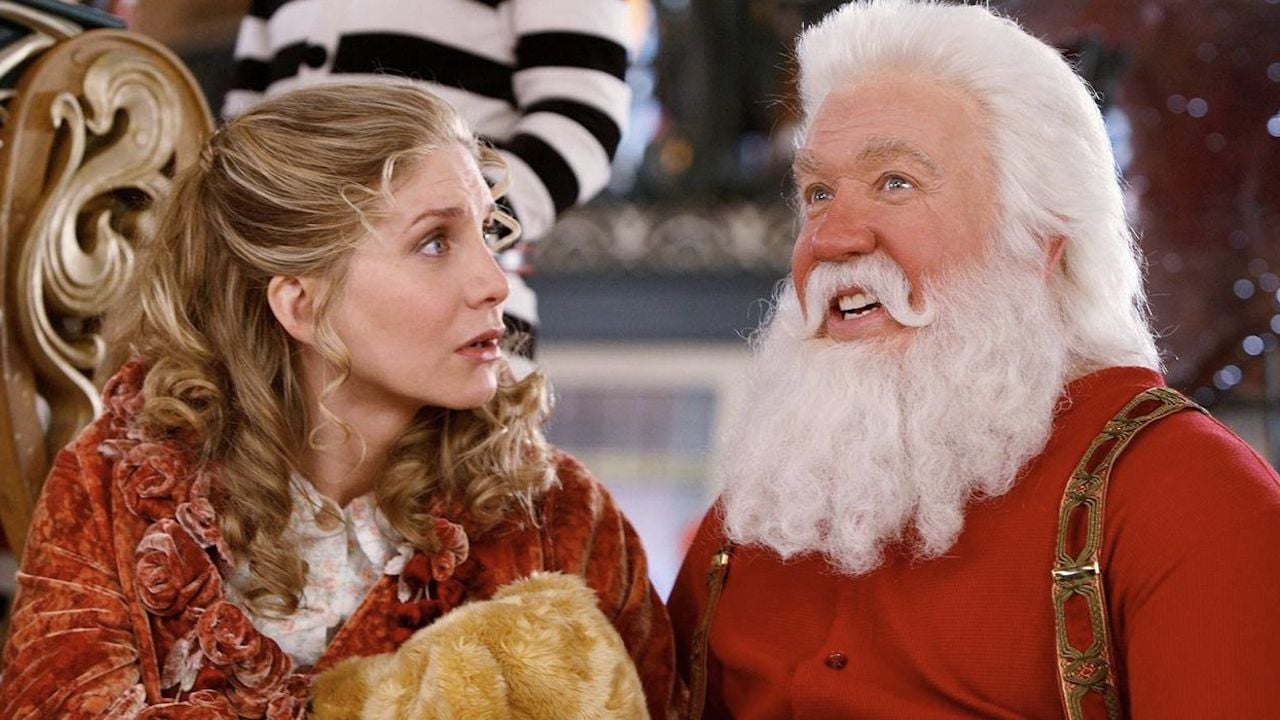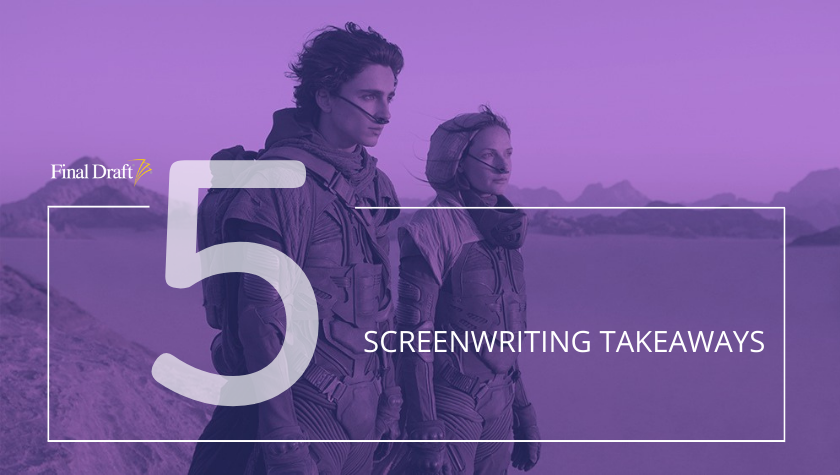What ‘Dune: Part Two’ Teaches You About Writing a Sequel
March 8, 2024
Rare is it that a movie will have a studio backing its sequels before the filming of the first frame of the first film. But when visionary director Denis Villeneuve is building the epic world of Dune, based on the 1965 novel by Frank Herbert, the story becomes bigger than a single film can hold, and a trilogy is born.
Dune: Part Two is the second film of an ambitious trilogy telling the futuristic story of a series of noble houses that control planetary economies. In Dune: Part One, Paul (Timothée Chalamet), the heir of the house of Atreides, is embroiled in a war over a precious resource found on the planet of Arrakis. The film ends with the Atreides and their army being massacred, with only Paul and his pregnant mother surviving and setting off with the Fremen, the indigenous inhabitants of Arrakis.
Dune: Part Two is both a sequel and part of an overall story set in a trilogy, which means the filmmakers knew there would be a film succeeding this and had to ensure it continued the story from the first film.
How did Villeneuve and co-writers Eric Roth and Jon Spaihts create the highly-anticipated sequel to Dune, and what can writers learn when building their worlds and crafting a compelling sequel?
Read More: 5 Screenwriting Takeaways: ‘Dune’ creates thriller on new planet
.jpeg?width=1920&height=1106&name=Dune%20Part%20Two%20(6).jpeg)
Building the Hero
In Dune: Part One, Paul is the wannabe hero who insists he go with his father to Arrakis, where his father wants to secure peace and control of the planet and its resources. While he has training, Paul hasn’t been tested in the real world. Arrakis is his chance.
Dune: Part Two follows Paul after he escapes the death of House Atreides. He finds himself with the Fremen, who are conflicted on whether they want to welcome him and his mother into their tribe or “let the desert take care of them.”
Many Fremen believe in a prophecy that a mother and son will bring prosperity to Arrakis. While Paul is skeptical of this, along with several northern Fremen, his mother encourages the idea of the prophecy.
Paul starts as a reluctant hero. As he continues thriving in a series of challenges and successfully fights House Harkonnen, a rival house with plans of colonizing and exploiting the spice on Arrakis, his confidence and sense of importance grow.
In the sequel, the lead characters must embark on a different journey compared to the first film. While Paul was initially untested in Part One, the sequel presents fresh challenges, pushing him in new directions and contributing to his growth as a hero. In this case, Paul had proven he was capable in a fight, but the sequel must demonstrate his ability to lead.
.jpeg?width=1920&height=1080&name=Dune%20Part%20Two%20(2).jpeg)
Continuing Journey or Standing Alone?
More and more movie sequels rely on the audience seeing the preceding content to understand the latest story; this seems increasingly the case for the Marvel Cinematic Universe. While many viewers can jump into any sequel and get an idea of what’s going on, a movie like Dune: Part Two is more enjoyable and makes sense if you watched the first one.
On the other side is the stand-alone sequel. The best example would be the Indiana Jones franchise. You don’t need to see the previous films to understand the characters and get into the story.
If you’re writing a sequel, you must consider what kind of sequel you're writing. It will determine audience expectations. Anyone who saw Dune: Part One expects to see the story pick up right where it left off, or close to it (same with The Lord of the Rings or Harry Potter series). But if you’re looking at a stand alone sequel like the Die Hard series, the audience expects the hero to fight terrorists and doesn’t need the story to reflect anything previously.
.jpg?width=1200&height=675&name=Dune%20Part%20Two%20(5).jpg)
Finding Themes in Your Story
Science fiction is a great space to explore timeless themes and current issues. Star Wars focuses on political and familial themes, and The Matrix looks at technology’s impact on society. Even sequels need to have themes that differ in some ways from the original. While Dune: Part Two relies on several similar themes in the first, they are used differently.
The first film centered around a treaty amongst the Atreides, Fremen, and the Harkonnen and how betrayal led to violence. Part Two has themes around politics but is more focused on the class systems because diplomacy has crumbled. Religion is another theme. The Fremen believe that Paul is fulfilling a prophecy. Finally, one of the obvious themes is the oppression and conquering of lands for the sake of its resources.
Themes don’t have to be new in the sequel. How often has this theme been used in science fiction alone? Star Wars and Avatar, for example. So, themes don’t have to be fresh as long as they are explored excitingly.
.jpeg?width=1920&height=1280&name=Dune%20Part%20Two%20(4).jpeg)
Finding New Conflicts
In Dune: Part One, the conflicts revolved around father/son, two governments on the cusp of war, and the internal struggles of a growing leader. These can’t be the same conflicts in a sequel. Your lead character will always have an internal struggle, but external conflicts should be different.
Paul’s internal conflict has evolved from the first film. Now, he is responsible for leading the Fremen as the Harkonnen invade.
Some of the external conflicts in Dune: Part Two surround the Harkonnen and their quest to control the planet, the growing love between Paul and Chani (Zendaya), as well as the different perspectives between the northern Fremen and the southern Fremen when it comes to religious beliefs and culture.
I’m sure you’ve heard that conflict makes stories interesting. But when you watch a movie like Dune: Part Two, you can see how much conflict can be packed into the story. It seems like every character is in conflict, which keeps the audience engaged and the story intriguing.
Read More: Weekend Writing Inspiration: 4 Ways to Strengthen Conflict in Your Script

Bring Back Older Characters
Sequels are also ideal stories to bring back characters from the previous movie, whether it’s to show up and continue being a consistent supporting character or to just pop in for a couple of scenes.
When you bring back these older characters, their return must serve not only to satisfy the audience but also to progress the storyline. When creating a sequel, consider who can return from the first film and how they can add conflict and will benefit the story.
In Dune: Part Two, a character that Paul initially believed to be dead returns halfway through the film. This character becomes essential to the story as they help Paul fight off the Harkonnen as a loyal follower.
Knowing this film is a trilogy allowed the filmmakers to craft a Second Act with stakes that lead into the final act. As the villains become more desperate, the hero rises, and the world seems briefly at peace, Dune: Part Two can hint at the problems that will arise when Paul lets the power get to his head.
Dune: Part Two kept the story moving while setting up plenty of conflict and intrigue for the concluding film.
Written by: Steven Hartman
Steven Hartman is an award-winning, optioned screenwriter. He was a Top 5 Finalist in Big Break’s Historical Category in 2019 and won Best Action/Adventure in Script Summit’s Screenplay Competition in 2021. He holds a Bachelor of Arts degree from Columbia College and had internships at Jerry Bruckheimer Films and Village Roadshow Pictures. Steve is a full-time writer and creative video producer by day and a screenwriter and novelist by night.



